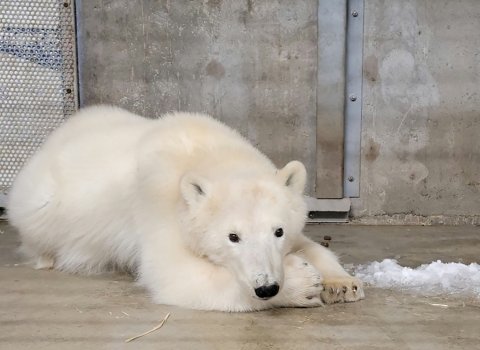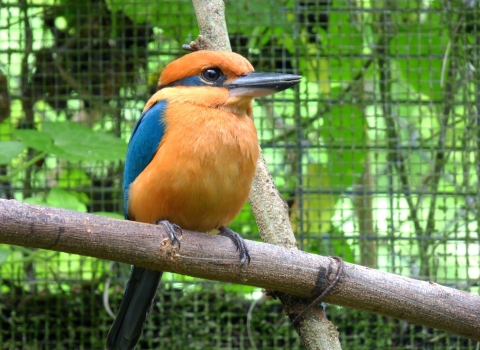Sacramento, Calif. — This month, the U.S. Fish and Wildlife Service finalized a statewide consultation to help simplify implementation of important aquatic habitat restoration project in California for the benefit of wildlife and people while federal agencies fulfill Endangered Species Act obligations.
“We are proud to announce this comprehensive statewide consultation completed in partnership with the National Oceanic and Atmospheric Administration Restoration Center, U.S. Army Corps of Engineers, and Sustainable Conservation, who has been championing efficient ways to accomplish more restoration and protect imperiled species,” said Paul Souza, regional director for the Service’s Pacific Southwest Region.
The Section 7 consultation and accompanying materials cover 72 federally listed species and 40 critical habitat areas for 10 types of restoration projects. Currently, eligible projects funded, authorized or carried out by federal agencies referenced above are covered by the consultation. However, any agency interested in using this consultation when conducting qualified restoration projects may join the consultation as a “late arriving agency.”
“The goal of this consultation and the late-arriving agency option is to simplify ESA compliance to encourage and expedite good work for California’s unique landscapes and wildlife. Our intent is to allow our partners to be nimble in where and when to restore landscapes. We are hopeful this can be used as a model for our region moving forward,” said Souza.
Not only does aquatic habitat restoration support wildlife, it can help improve the resiliency of water resources in response to climate change climate change
Climate change includes both global warming driven by human-induced emissions of greenhouse gases and the resulting large-scale shifts in weather patterns. Though there have been previous periods of climatic change, since the mid-20th century humans have had an unprecedented impact on Earth's climate system and caused change on a global scale.
Learn more about climate change . For example, projects such as floodplain or wetland restoration improve groundwater recharge and provide protection from floods, while supporting migratory birds and wildlife.
There are 10 restoration project categories covered in this consultation, including but not limited to: improvements to stream crossings and fish passage fish passage
Fish passage is the ability of fish or other aquatic species to move freely throughout their life to find food, reproduce, and complete their natural migration cycles. Millions of barriers to fish passage across the country are fragmenting habitat and leading to species declines. The U.S. Fish and Wildlife Service's National Fish Passage Program is working to reconnect watersheds to benefit both wildlife and people.
Learn more about fish passage , water conservation projects for wildlife habitat and removal of invasive species invasive species
An invasive species is any plant or animal that has spread or been introduced into a new area where they are, or could, cause harm to the environment, economy, or human, animal, or plant health. Their unwelcome presence can destroy ecosystems and cost millions of dollars.
Learn more about invasive species and revegetation with native plants.
Agencies can also expect this consultation to promote regional consistency in project design criteria and conservation measures, expedite regulatory review of restoration projects across the state, and create a reporting process to document effects to listed species.
All proposed projects must result in a net increase in aquatic or riparian riparian
Definition of riparian habitat or riparian areas.
Learn more about riparian habitat and/or ecosystem services, meet the definition of a restoration project, and be consistent with Service Recovery Plans or recovery related documentation for listed species that a project may impact.
The Programmatic Biological Opinion will be reviewed on an annual basis, updated as needed and will be in effect for 10 years, after which it can be considered for renewal.
The U.S. Fish and Wildlife Service works with others to conserve, protect, and enhance fish, wildlife, plants, and their habitats for the continuing benefit of the American people. For more information about our work and the people who make it happen, visit https://www.fws.gov/about/region/pacific-southwest or connect with us via Facebook, Twitter, YouTube, and Flickr.


